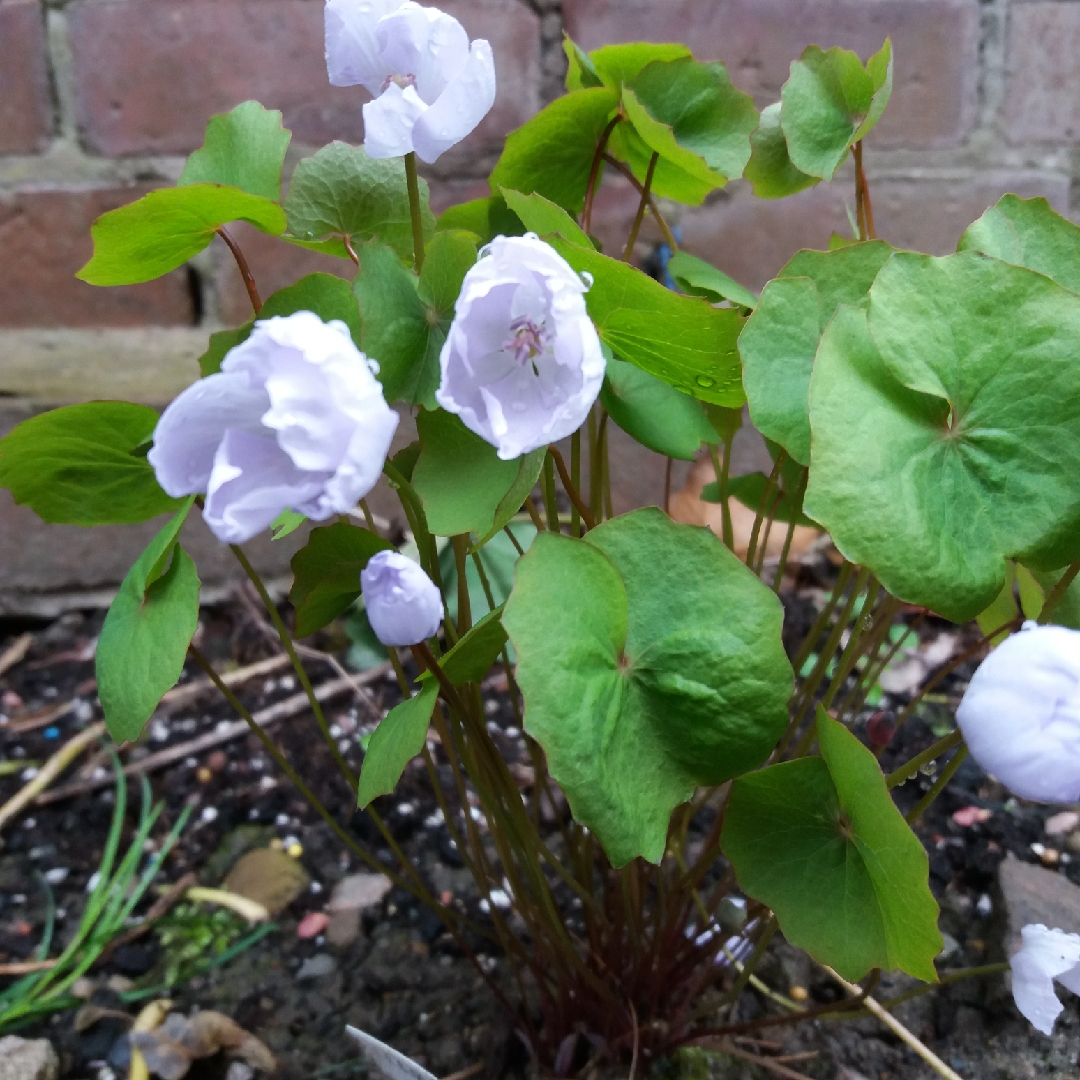
Jeffersonia dubia syn. Plagiorhegma dubium
Twinleaf
Jeffersonia are small, clump-forming perennials, native to North America. They have 2-lobed, kidney-shaped leaves and, in Spring, bowl-shaped white or lavender blue flowers Jeffersonia dubia is a deciduous perennial that forms a compact clump of kidney-shaped, shallowly 2-lobed leaves. It bears 2.5 cm. lavender blue flowers that open with the new leaves in early Spring
Contributed by @DahliaDave
-
Partial shade to deep shade
-
Occasional watering
-
Full Frost Hardy: 5F (-15°C)
-
Moist and free draining
Common name
Twinleaf
Latin name
Jeffersonia dubia syn. Plagiorhegma dubium
type
Perennial
family
Berberidaceae
ph
7.0 - 8.5 Acid - Neutral
Plant & bloom calendar
-
Best time to plant
-
When the plant will bloom
full grown dimensions
 0.45 M
0.20 M
0.45 M
0.20 M
Jeffersonia dubia syn. Plagiorhegma dubium
Jeffersonia are small, clump-forming perennials, native to North America. They have 2-lobed, kidney-shaped leaves and, in Spring, bowl-shaped white or lavender blue flowers Jeffersonia dubia is a deciduous perennial that forms a compact clump of kidney-shaped, shallowly 2-lobed leaves. It bears 2.5 cm. lavender blue flowers that open with the new leaves in early Spring
Flowering
From Early Spring TO Mid Spring
The bowl-shaped flowers appear in Spring, at the same time as the leaves. Plants usually flower in the second or third year of growth
Planting
From Early Spring TO Late Spring
This is a woodland plant, and so needs woodland conditions of shade and damp need to be grown successfully. Plant in preferably alkaline, moist but free-draining soil, in full or partial shade.
Propagating by seed
From Early Spring TO Mid Spring
Sow seeds in a pot or tray filled with proprietary seed-sowing compost, or a 50/50 mix of multi-purpose compost and perlite or coarse grit. Sow large seeds with space between the seeds, and sow small seeds thinly, and cover the seeds with a thin layer of sieved compost (unless it is a type of seed that needs light to germinate). Water gently with a fine rose on the watering-can, allowing excess water to drain away.









